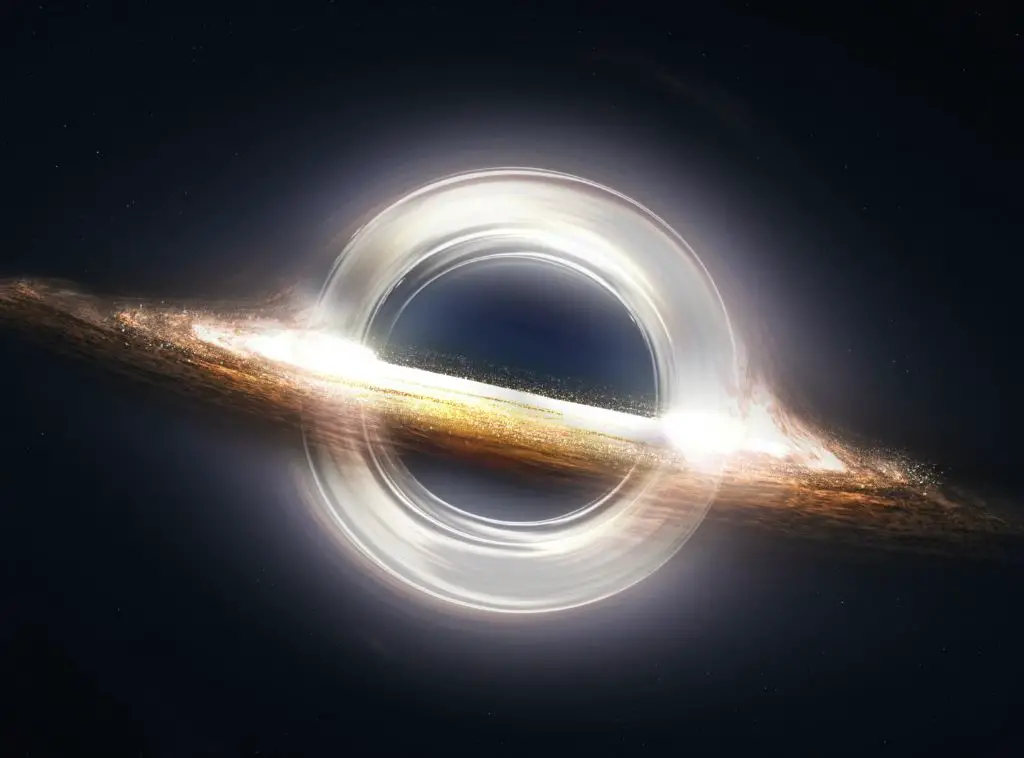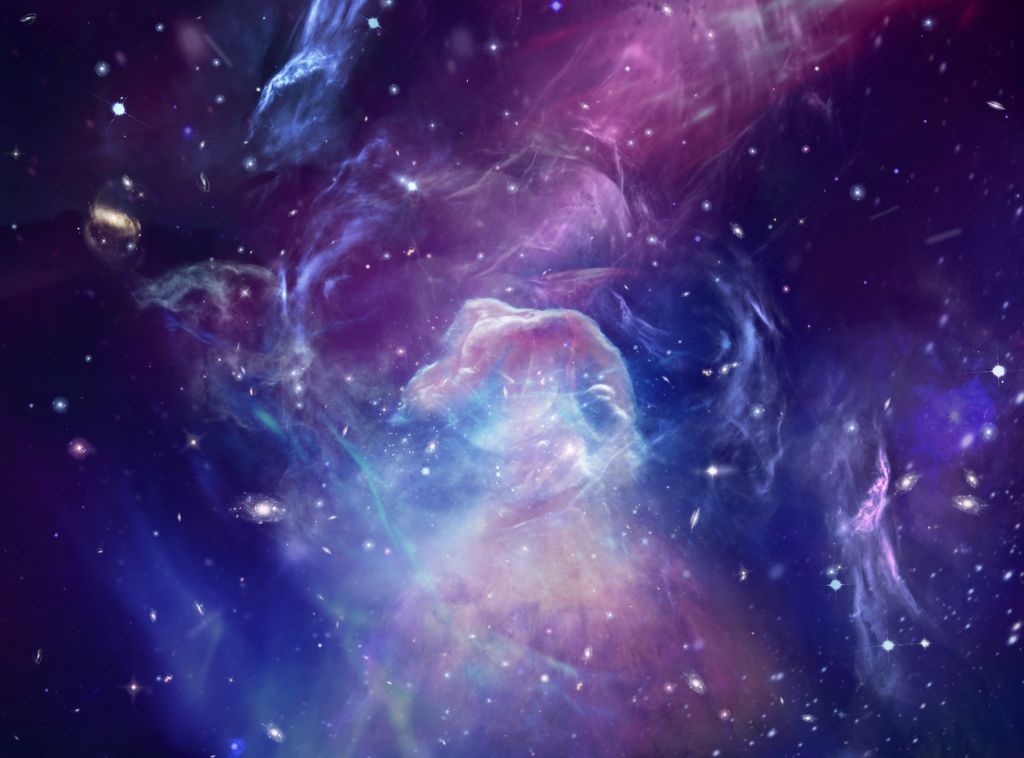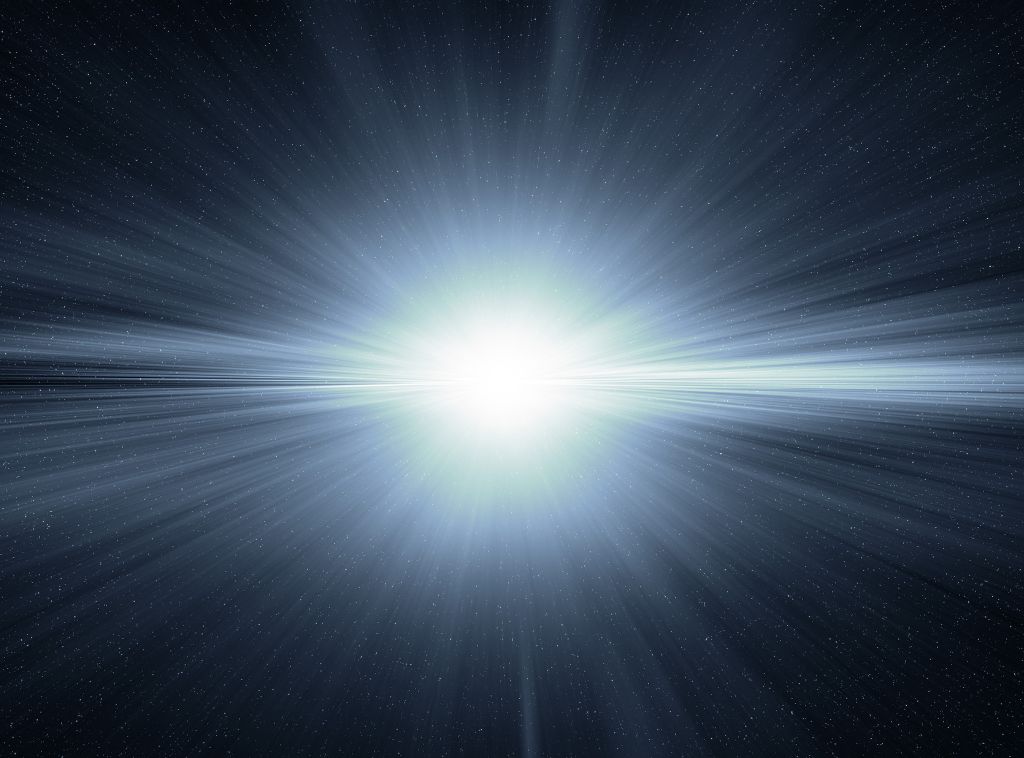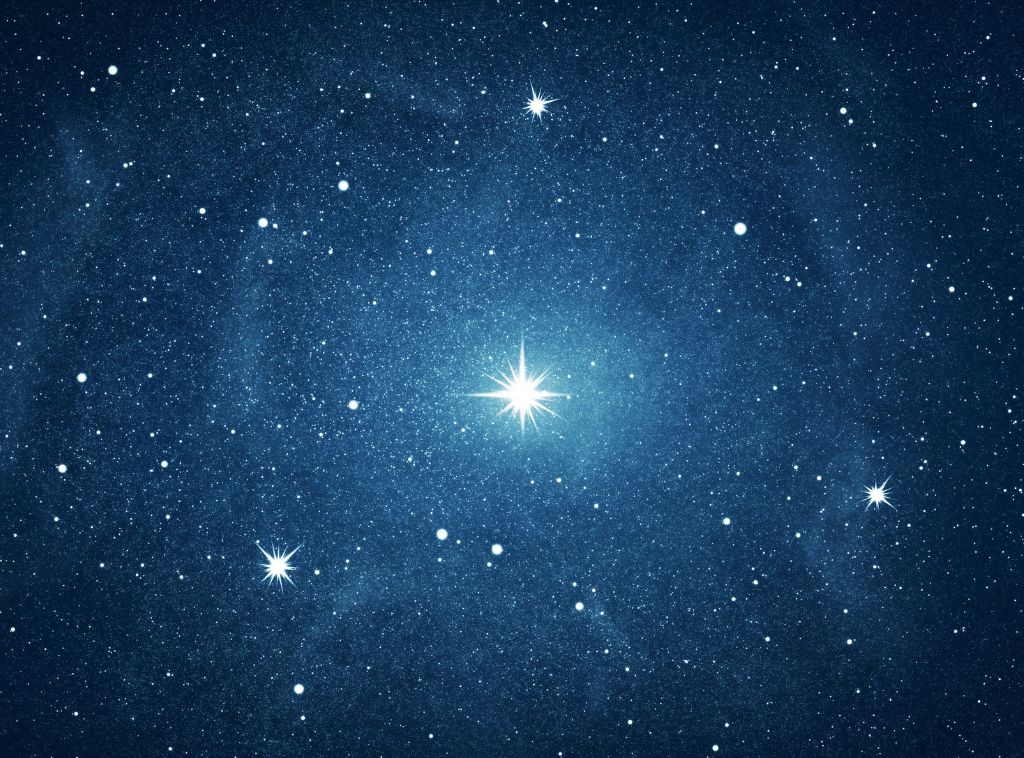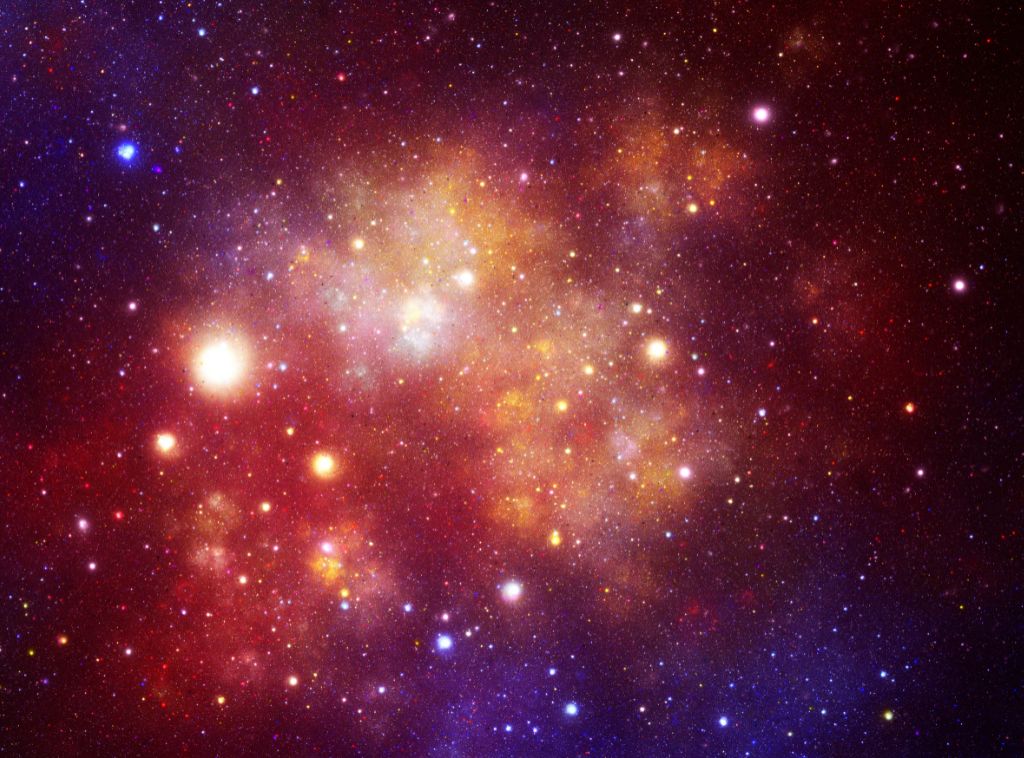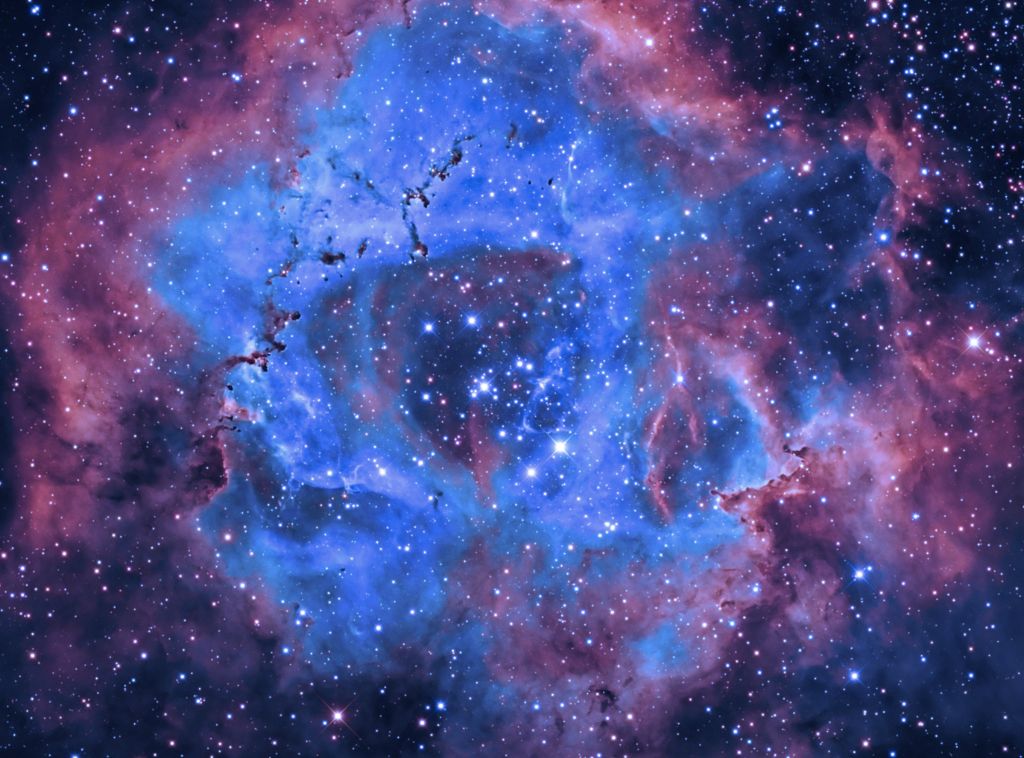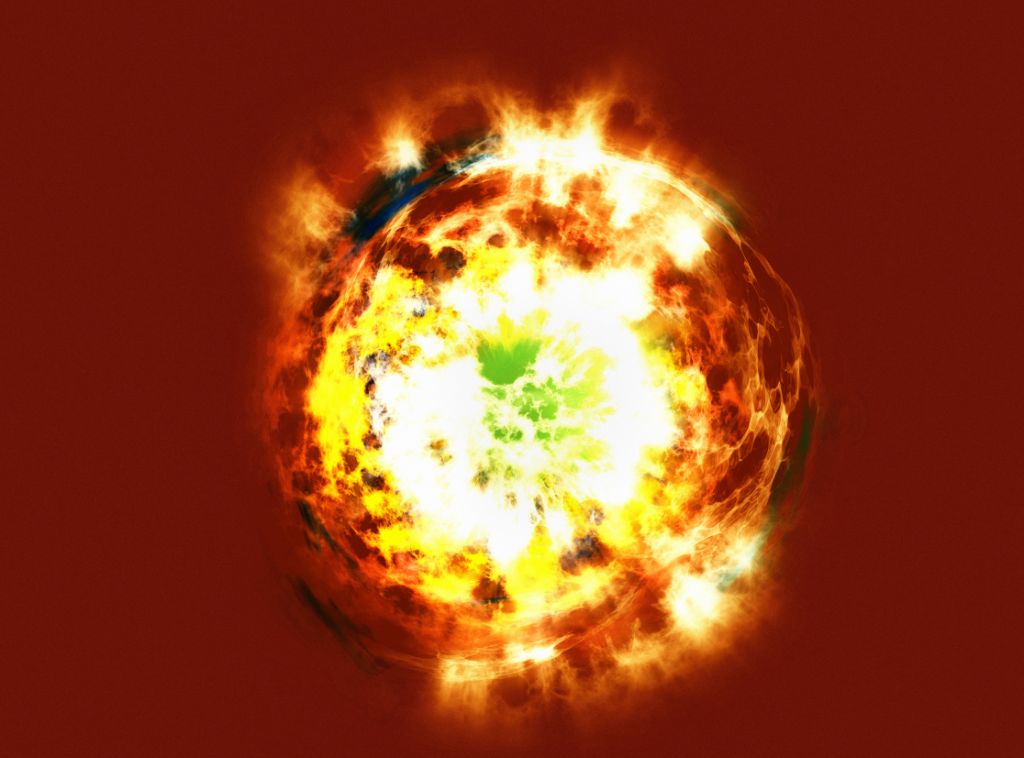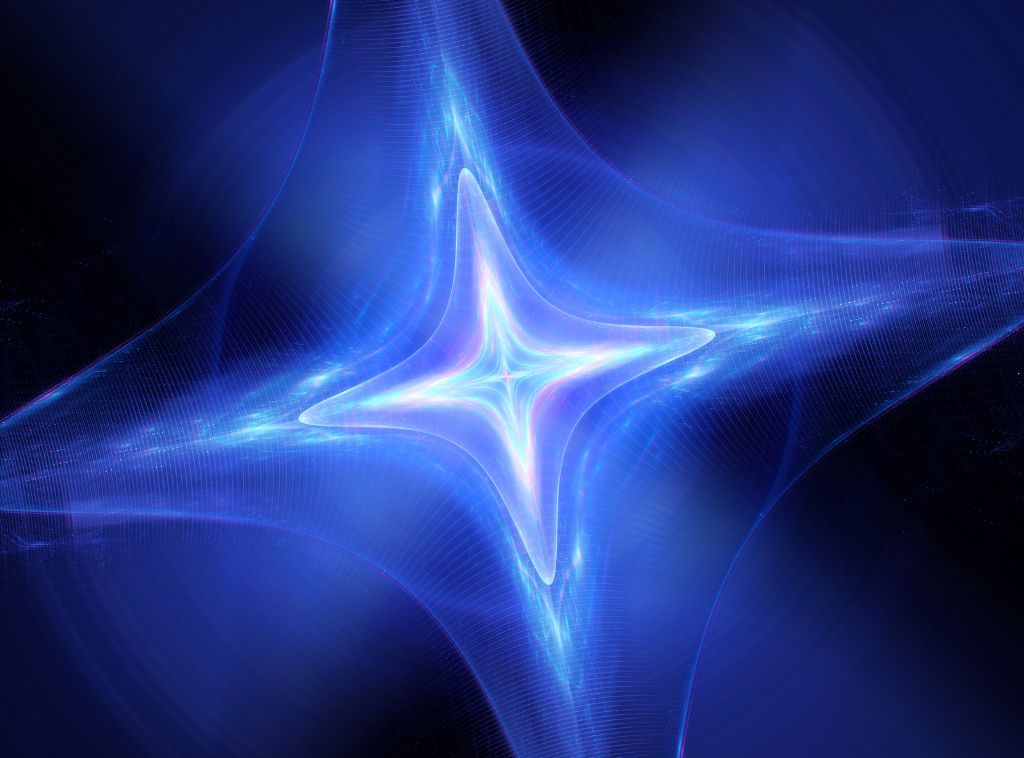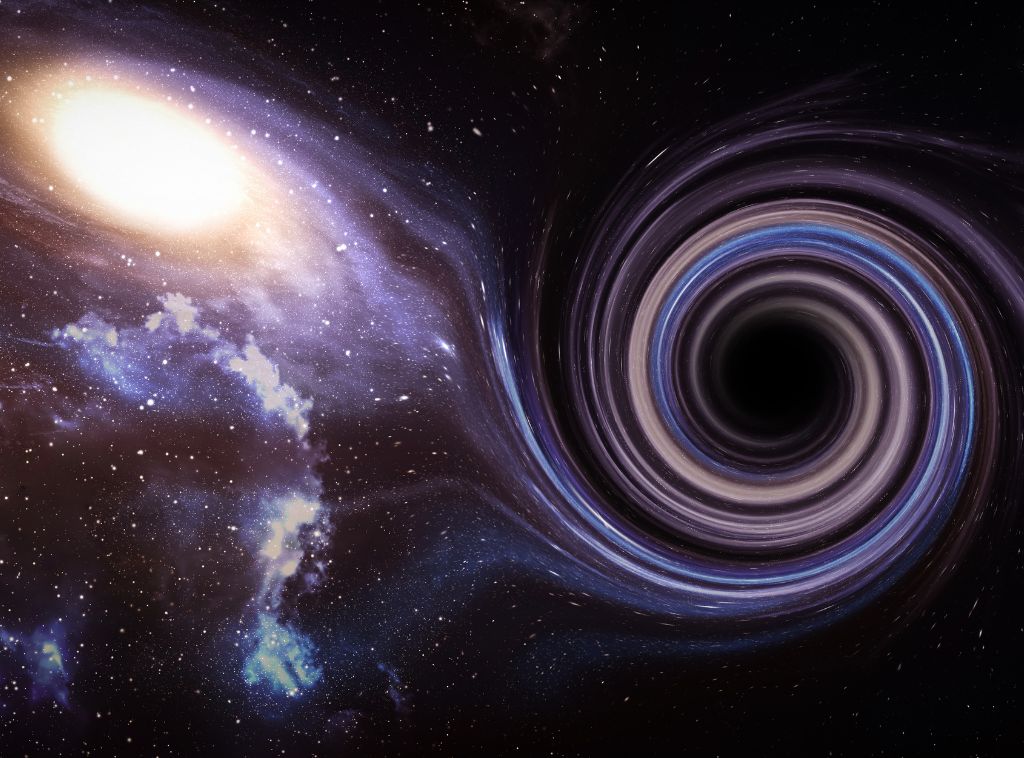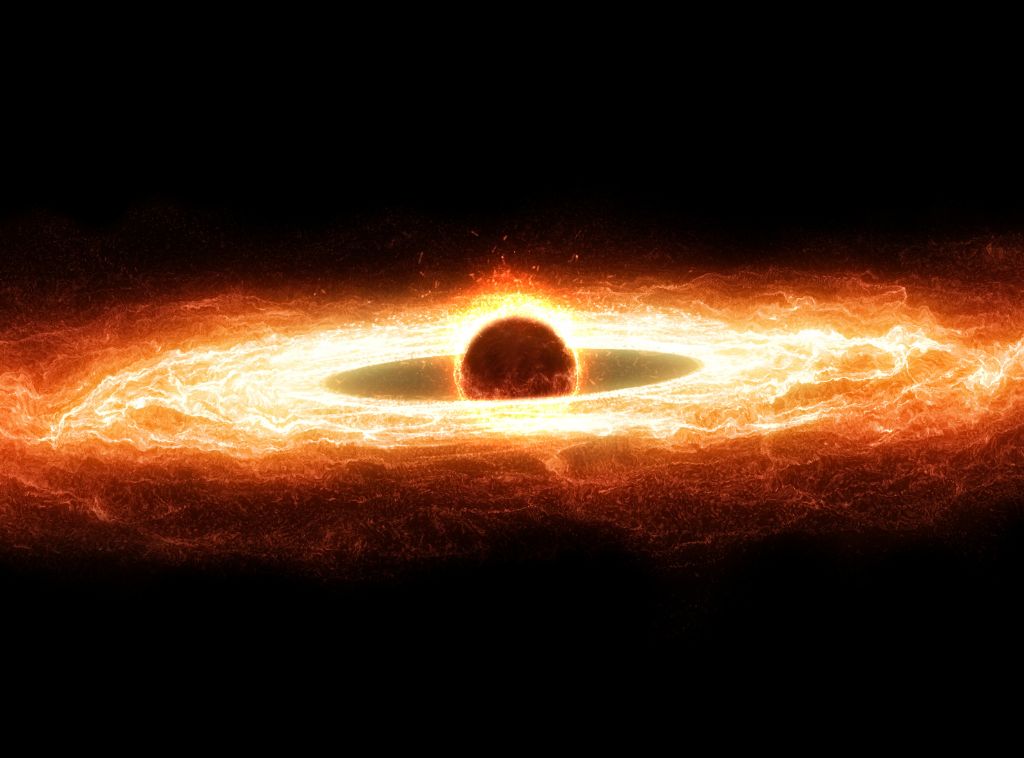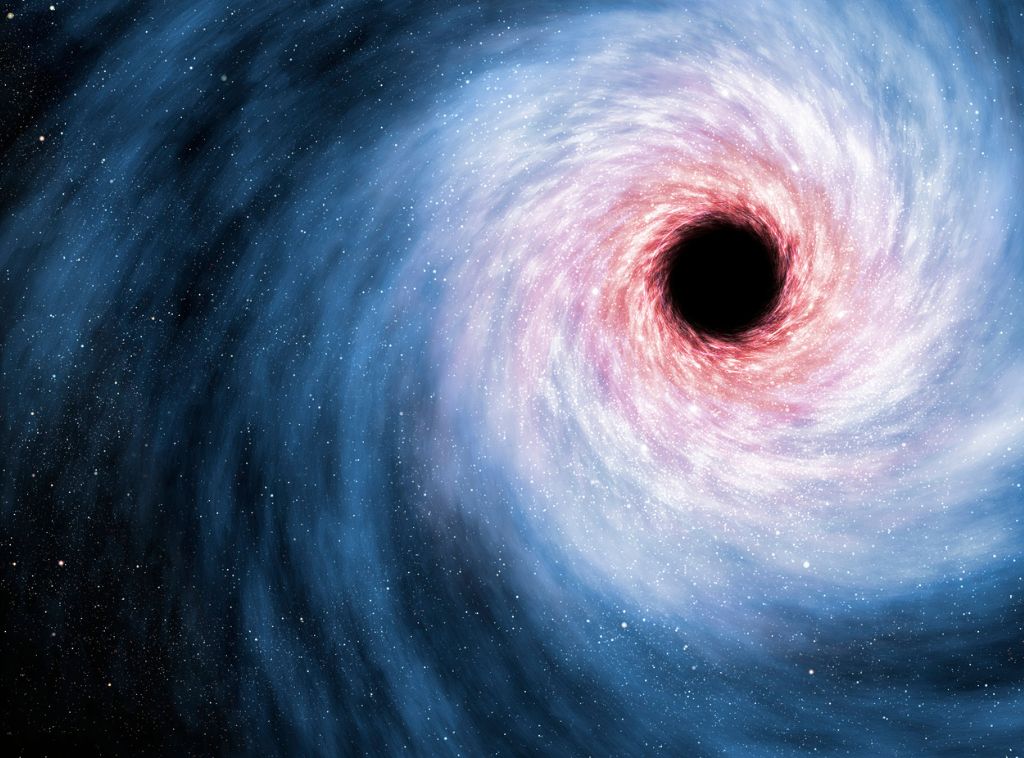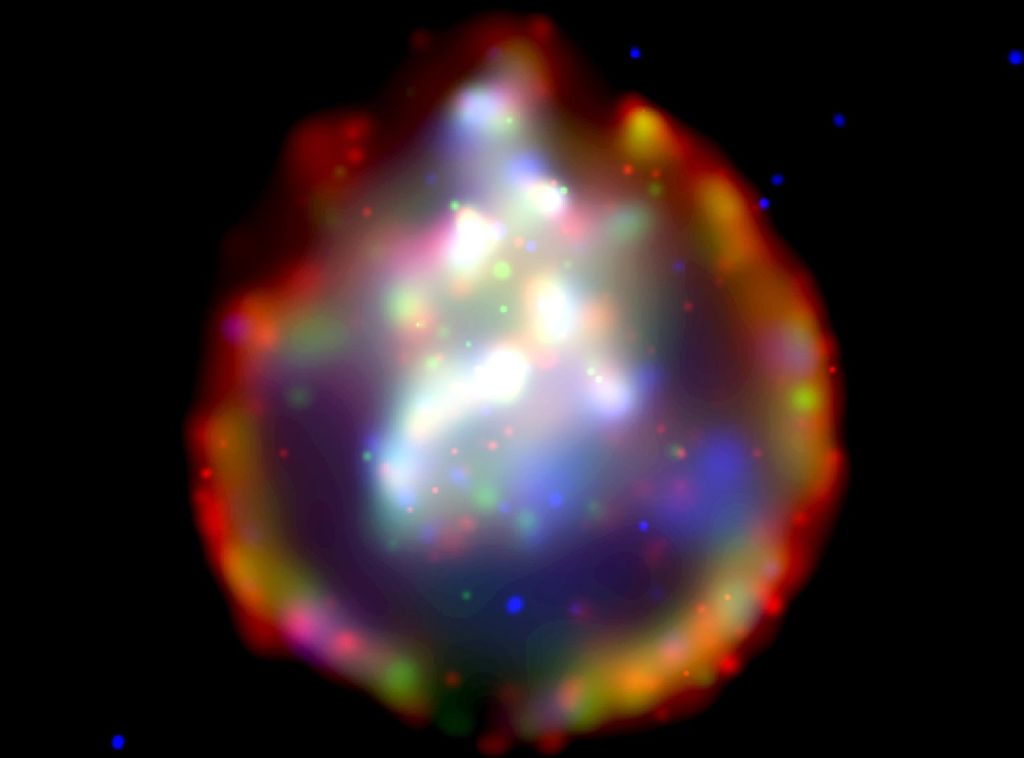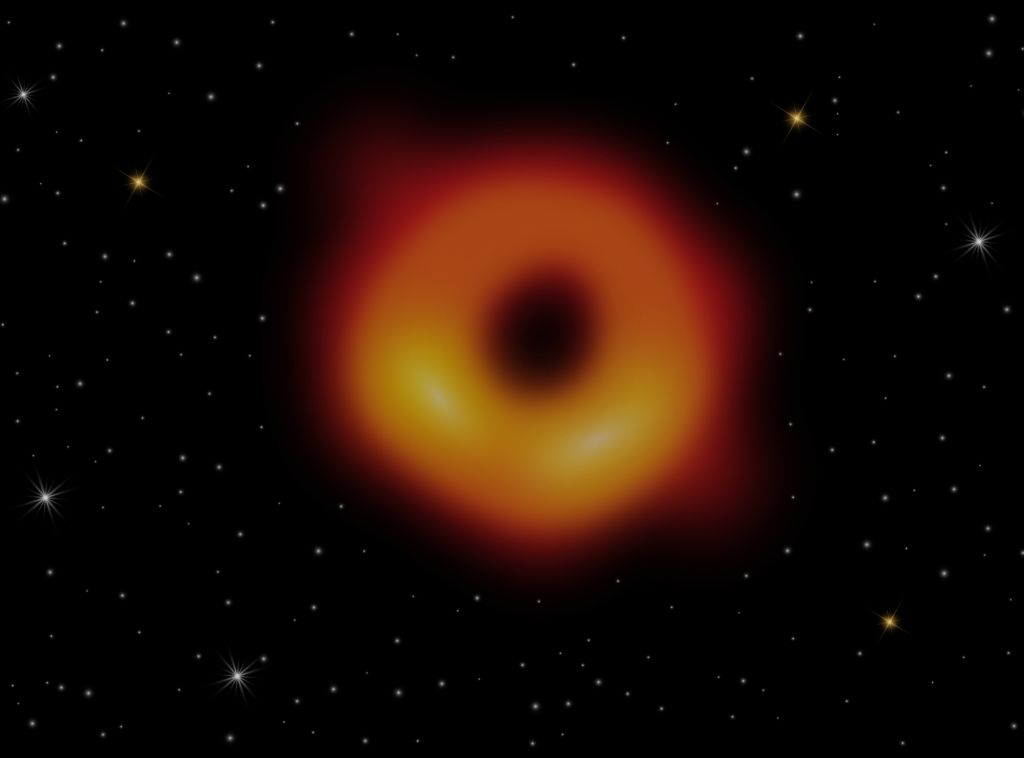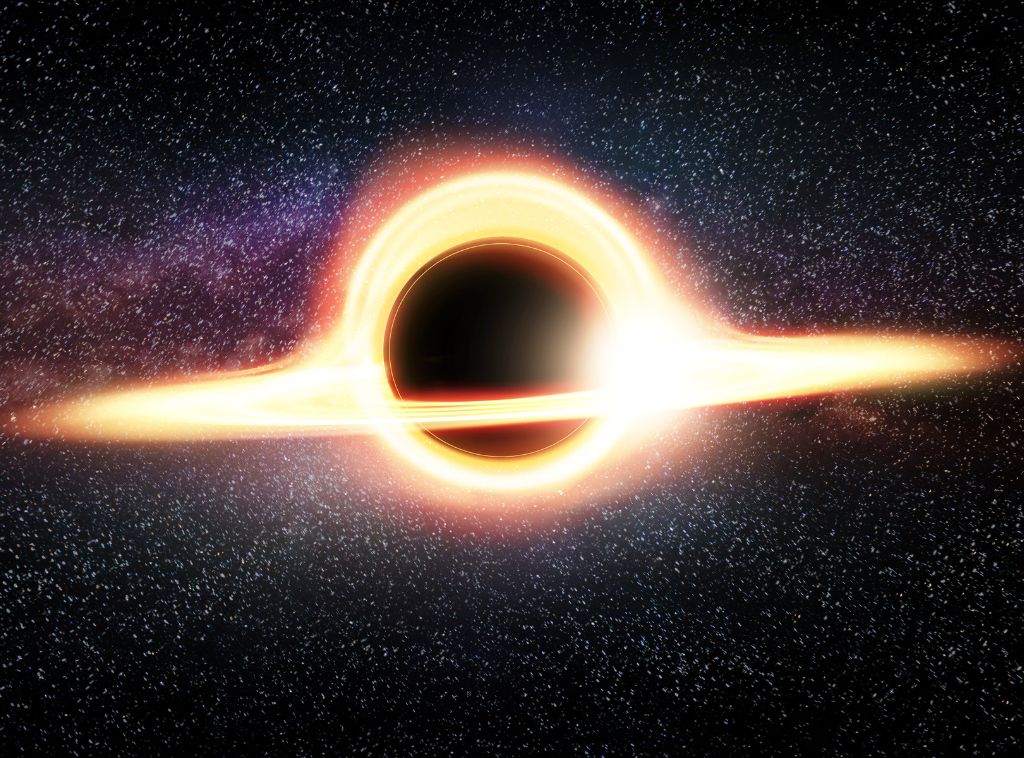Black holes are among the most intriguing and mysterious phenomena in the cosmos, capturing the imagination of scientists, writers, and the general public alike. These enigmatic objects are regions of spacetime with gravitational forces so strong that nothing, not even light, can escape their grasp. The study of black holes has led to groundbreaking discoveries in astrophysics, helping to unravel the inner workings of the universe and pushing the boundaries of our understanding of gravity and general relativity.
Their significance in the universe is immense, as they play a crucial role in the life cycles of galaxies, contribute to the formation of stars, and can even hold clues about the origins and ultimate fate of the cosmos. Moreover, recent discoveries have led to fascinating insights into the behavior of matter and energy under extreme conditions.
Lets explore how is a black hole formed. We will delve into the captivating life cycle of stars, explore the dramatic events that give rise to these cosmic enigmas, and shed light on the different types of black holes that can be found throughout the universe. So, let’s embark on a journey to uncover the secrets behind the formation of one of the most fascinating phenomena in the cosmos – the black hole.
How is a Black Hole Formed
1. The Life Cycle of a Star
Formation of Stars from Nebulae
Stars are born from immense clouds of gas and dust known as nebulae, which are found throughout the universe. These clouds are predominantly composed of hydrogen, along with small amounts of helium and trace amounts of heavier elements. Over time, the gravitational forces within a nebula cause the gas and dust to clump together and form denser regions. As these regions continue to accumulate mass, they eventually reach a point where the force of gravity is strong enough to overcome the internal pressure of the gas, causing the cloud to collapse inwards.
During this collapse, the material at the center of the cloud heats up and increases in density, ultimately forming a protostar. The protostar continues to grow as it attracts more material from the surrounding cloud. Eventually, the pressure and temperature at the core of the protostar become high enough to ignite nuclear fusion, marking the birth of a new star.
Nuclear Fusion: The Powerhouse of Stars
The energy that powers a star comes from nuclear fusion, a process in which atomic nuclei combine to form a heavier nucleus, releasing a tremendous amount of energy in the process. In the core of a star, hydrogen atoms are under immense pressure and temperature, causing them to collide at high speeds. During these collisions, hydrogen nuclei fuse to form helium nuclei, releasing energy in the form of light and heat. This energy radiates outward from the core, counteracting the force of gravity that would otherwise cause the star to collapse.
The fusion process in the core of a star is a delicate balance between the inward force of gravity and the outward pressure created by the released energy. As long as a star has sufficient fuel to maintain this balance, it remains stable and shines brightly.
Stages of a Star’s Life: The Role of Mass
The life cycle of a star is largely determined by its mass, which influences the stages it undergoes and its ultimate fate. Here are the key stages of a star’s life, depending on its mass:
Stage 1: Low-mass stars (0.08 – 0.5 solar masses):
These stars, also known as red dwarfs, are the most common type of star in the universe. They burn their fuel slowly and can live for trillions of years. When their hydrogen fuel is exhausted, they become white dwarfs, slowly cooling down and fading away.
Stage 2: Medium-mass stars (0.5 – 8 solar masses):
Our Sun is an example of a medium-mass star. These stars spend the majority of their lives in the main sequence stage, fusing hydrogen into helium. Once their core hydrogen is depleted, they expand into red giants and begin fusing helium into heavier elements like carbon and oxygen. When the helium fuel is exhausted, the outer layers of the star are shed, forming a planetary nebula. The core left behind becomes a white dwarf, which will eventually cool down and become a black dwarf.
Stage 3: High-mass stars (greater than 8 solar masses):
These massive stars have shorter lifespans due to their rapid consumption of fuel. After spending time in the main sequence stage, they expand into red supergiants and undergo a series of nuclear fusion processes, forming elements up to iron. When the core collapses under its own gravity, the star explodes in a supernova, leaving behind either a neutron star or a black hole, depending on the mass of the core.
The mass of a star plays a crucial role in determining its life cycle and ultimate fate, shaping the cosmos and contributing to the diversity of celestial phenomena we observe throughout the universe.
Stellar Death and Supernovae
Stellar Death and Exhaustion of Nuclear Fuel
Stellar death is the final stage in a star’s life cycle, occurring when it exhausts its nuclear fuel and can no longer maintain the delicate balance between gravitational forces and the outward pressure produced by nuclear fusion. When a star runs out of fuel, its core contracts under the force of gravity, which can lead to various outcomes depending on the star’s mass, as previously discussed. Stellar death is a natural part of the life cycle of stars and plays a critical role in the evolution of galaxies and the distribution of elements throughout the universe.
Supernova Explosions for Massive Stars
A supernova is an incredibly energetic explosion that marks the end of a massive star’s life. When a high-mass star exhausts its nuclear fuel, its core collapses under the force of gravity, causing the outer layers of the star to collapse inward as well. As the core contracts, it reaches incredibly high temperatures and densities, which trigger a rapid burst of nuclear fusion, producing elements heavier than iron.
The energy released during this rapid fusion process creates an intense shock wave that propels the outer layers of the star outward, resulting in a brilliant explosion visible from vast distances. This explosion, called a supernova, can briefly outshine an entire galaxy and emit more energy than our Sun will produce in its entire lifetime.
The Role of Supernovae in Dispersing Elements Throughout the Universe
Supernovae play a crucial role in the chemical evolution of the universe, as they are responsible for the synthesis and dispersal of many heavy elements. During the intense fusion processes that occur during a supernova explosion, elements heavier than iron are formed. These elements, along with those produced during the star’s life, are expelled into the interstellar medium by the force of the explosion.
The material ejected from supernovae eventually becomes part of new clouds of gas and dust, which can lead to the formation of new stars, planets, and other celestial bodies. In this way, supernovae contribute to the recycling of matter in the universe and the enrichment of the interstellar medium with heavy elements necessary for the formation of rocky planets and the development of life as we know it.
The death of massive stars in supernova explosions is an essential process that shapes the evolution of galaxies and the distribution of elements throughout the cosmos.
Black Hole Formation
Core Collapse of a Massive Star after a Supernova
The formation of a black hole is closely linked to the final stages of a massive star’s life. As previously mentioned, when a massive star runs out of nuclear fuel, its core collapses under the force of gravity, triggering a supernova explosion. However, the ultimate fate of the core depends on its mass.
If the core’s mass is below a certain threshold (approximately 2-3 times the mass of the Sun), it will form a neutron star, an incredibly dense object composed primarily of neutrons. If the core’s mass is above this threshold, the force of gravity is so immense that not even the pressure exerted by neutrons can counteract it. In this case, the core continues to collapse indefinitely, ultimately forming a black hole.
Schwarzschild Radius and the Event Horizon
The concept of the Schwarzschild radius, named after German physicist Karl Schwarzschild, is essential to understanding black holes. The Schwarzschild radius is the critical distance from the center of a massive object, at which the escape velocity equals the speed of light. In other words, if an object’s mass were compressed within its Schwarzschild radius, its gravitational pull would be so strong that not even light could escape.
The event horizon is the boundary around a black hole, located precisely at its Schwarzschild radius. The event horizon marks the point of no return, as any matter or energy that crosses it is inevitably drawn into the black hole, with no possibility of escape. This is why black holes appear “black” – they do not emit any light, as it is trapped within the event horizon.
Formation of a Black Hole from the Collapsed Core
When the core of a massive star collapses under its own gravity and forms a black hole, all of its mass is compressed into an infinitely dense point known as a singularity. The singularity lies at the center of the black hole, hidden from view by the event horizon.
As the core collapses, its mass becomes concentrated within its Schwarzschild radius, forming an event horizon that envelops the singularity. From this point on, the black hole’s immense gravitational pull captures all matter and energy that ventures too close, causing it to grow in mass and size.
Types of Black Holes
The Three Main Types of Black Holes: Stellar, Intermediate, and Supermassive
Black holes can be classified into three main categories based on their mass: stellar-mass black holes, intermediate-mass black holes, and supermassive black holes. Each type of black hole has unique characteristics and is formed through different processes, which we will explore in the following section.
Characteristics and Formation Processes of Each Type of Black Hole
Stellar-mass black holes:
Stellar-mass black holes are formed from the remnants of massive stars, as previously discussed in detail. They typically have masses ranging from 3 to 20 times the mass of our Sun. The formation of a stellar-mass black hole occurs when the core of a massive star collapses under the force of gravity after a supernova explosion, ultimately leading to the creation of a singularity enveloped by an event horizon.
Intermediate-mass black holes:
Intermediate-mass black holes have masses between 100 and 100,000 times the mass of the Sun. The formation process of intermediate-mass black holes is not yet well understood, as they are quite rare and difficult to observe. One possibility is that they form through the collision and merger of several stellar-mass black holes, or through the direct collapse of massive clouds of gas in the early universe. Another theory is that they could be remnants of Population III stars, the first generation of stars that formed after the Big Bang, which were more massive than stars that form in the present universe.
Supermassive black holes:
Supermassive black holes are the most massive of all black hole types, with masses ranging from millions to billions of times the mass of the Sun. They are typically found at the centers of galaxies, including our own Milky Way. The formation process of supermassive black holes is still an area of active research in astrophysics, but several theories have been proposed.
One possibility is that they formed from the direct collapse of extremely massive gas clouds in the early universe, bypassing the intermediate stages of stellar evolution. Another theory is that they grew over time through the accretion of matter from their surroundings, or by merging with other black holes. Some researchers also propose that a “seed” black hole, formed from the remnants of Population III stars, could have grown through accretion and mergers to become a supermassive black hole.
Black holes come in various sizes, from the remnants of massive stars to the colossal supermassive black holes found at the centers of galaxies. The formation processes for each type of black hole offer insights into the early universe’s conditions and the life cycles of stars, shedding light on the diverse range of phenomena that shape the cosmos.
Observational Evidence for Black Holes
Indirect Detection of Black Holes through Effects on Nearby Matter
Since black holes do not emit light and their event horizons prevent any radiation from escaping, they cannot be observed directly. Instead, they are detected indirectly through their effects on nearby matter and their gravitational influence on surrounding objects. Here are a few methods used for indirectly detecting black holes:
Accretion disks:
When a black hole is part of a binary system, it can pull matter from its companion star, forming a swirling disk of material around it called an accretion disk. As the matter in the disk spirals inward towards the black hole, it heats up and emits radiation, often in the form of X-rays. This emitted radiation can be detected and analyzed to infer the presence of a black hole.
Gravitational lensing:
Black holes exert a strong gravitational force on their surroundings, bending the path of light that passes near them. This effect, called gravitational lensing, can cause the distorted or multiple images of distant objects, such as galaxies or stars, to appear behind the black hole. By analyzing these distorted images, astronomers can deduce the presence of a black hole.
Role of X-ray Observatories and Other Astronomical Tools in Black Hole Detection
X-ray observatories play a crucial role in detecting black holes, particularly stellar-mass black holes in binary systems. As matter from the accretion disk spirals towards the black hole, it emits X-rays due to its high temperature. By observing these X-rays, astronomers can identify the presence of a black hole and study its properties.
Other astronomical tools, such as radio telescopes and optical telescopes, can also be used to detect the effects of black holes on their surroundings. For example, radio telescopes can detect jets of particles emitted from the poles of black holes at near-light speeds, while optical telescopes can observe the motion of stars orbiting an invisible mass, providing evidence for a black hole.
The First-Ever Image of a Black Hole Captured by the Event Horizon Telescope
In April 2019, the Event Horizon Telescope (EHT), a global network of radio telescopes, captured the first-ever image of a black hole. The black hole is located at the center of the galaxy M87, approximately 55 million light-years away from Earth. The image shows the black hole’s event horizon, appearing as a bright ring of light surrounding a dark central region.
This groundbreaking achievement was made possible by the collaboration of multiple telescopes spread across the globe, effectively creating a virtual telescope the size of Earth. The EHT’s observations provided direct visual evidence for the existence of black holes, allowing scientists to test and refine theories about these enigmatic objects and their effects on the surrounding spacetime.
In conclusion, the detection of black holes relies on indirect methods that observe their effects on nearby matter and their gravitational influence on other celestial objects. Advanced astronomical tools, such as X-ray observatories, radio telescopes, and the Event Horizon Telescope, play a critical role in revealing the presence and properties of these mysterious phenomena.
Importance of Understanding Black Hole Formation
Understanding black hole formation is crucial in the context of astrophysics and the broader universe. Black holes are not only a testament to the extreme conditions that can arise in the cosmos, but they also play a critical role in shaping the evolution of galaxies and the distribution of matter. Studying black holes allows us to gain insights into the fundamental nature of spacetime, gravity, and the life cycles of stars. Furthermore, black holes provide unique laboratories for testing the limits of our current understanding of physics, including the relationship between general relativity and quantum mechanics.

